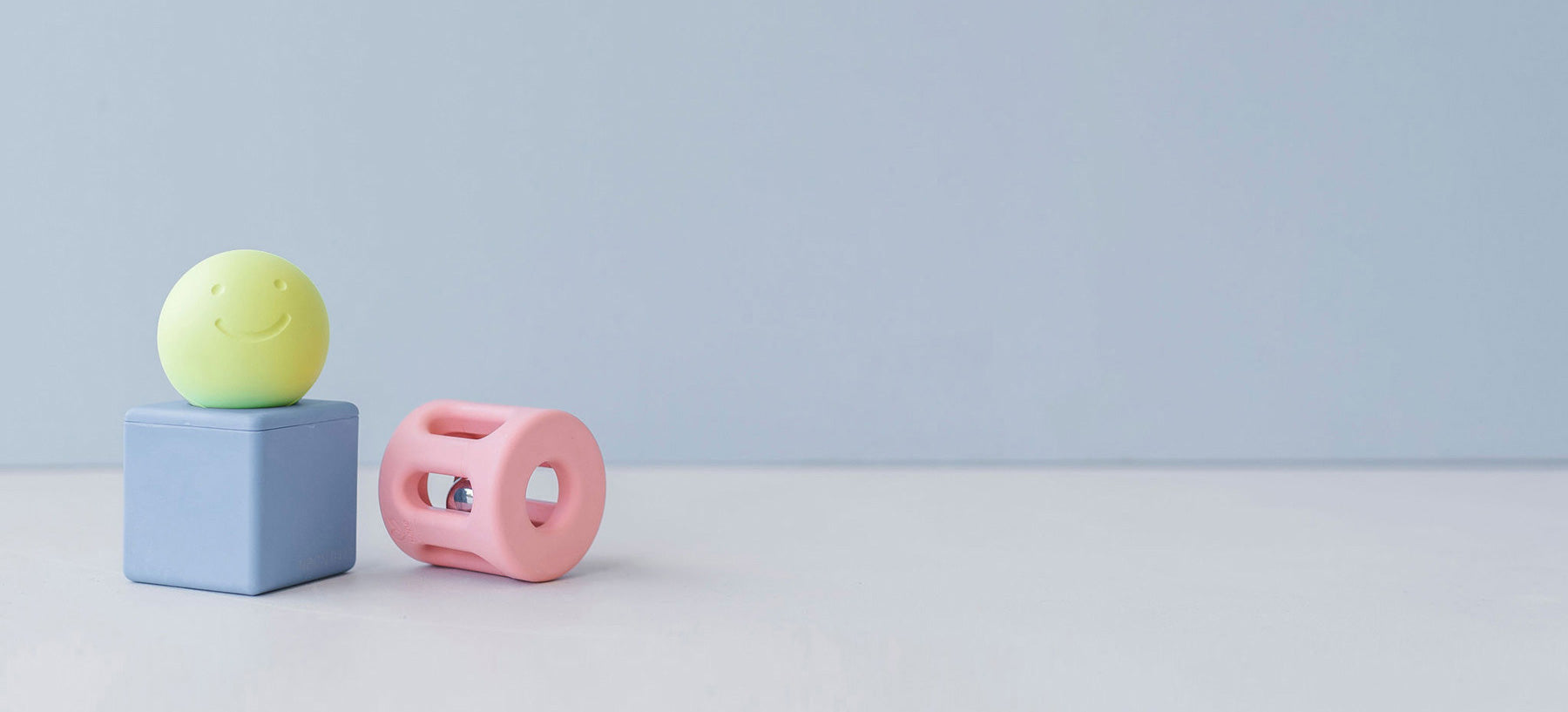Building knowledge one experience at a time by Dr. Annette Henderson
A prominent theorist William James described infants as living in a world full of “blooming, buzzing, confusion”. Although it is true that infants do not have a vast knowledge of how the world works when they are born, this statement cannot be further from the truth. As we now know, infants are equipped with a variety of tools that they can use to make sense of their world from the moment they are born. Indeed, this is exactly what they do!

One big task that babies face is to develop an understanding of the objects, people, and events they encounter, including what they do, how they work, and how they are connected to one another. The term, schema (plural schemata) is used to refer to the patterns of thoughts and actions that we develop through our experiences which come together to form a coherent, organised, understanding of the world.
Early on, babies acquire behavioural schemata which include sucking responses and grasping actions. As they encounter new objects in their environment babies adapt their sucking and grasping patterns of action to the new objects. Sucking responses and grasping actions (which start out as reflexes) allow babies to learn about the world as soon as they are born. For example, they learn what objects feel like, taste like, how they need to adapt their mouth or hand shape to accommodate objects of different shapes and sizes.

Concept schemata start to develop throughout the first and second years of an infant’s post-natal life. As they learn concepts, babies start to use mental symbols, which include images and words, to represent the aspects of their worlds they encounter. For example, an infant who lives in a household where they own a tabby cat, would have an initial conceptual schema of a “cat” as a four-legged animal, with soft fur that purrs and meows. With time, as the baby encounters different-looking cats, they will compare different-looking cats with their current mental image of a cat, and refine their mental image (i.e., schema) accordingly. As a result, their cat schema will expand to include four-legged furry animals that purr or meow that may be of many different colourings. This process is often called “assimilation”.
Now consider when a toddler might come across a hairless cat…what might they do? They would compare this quite different type of cat to their existing model, and if it purrs or meows, they would assimilate this into their conceptual schema “cat”.

Now imagine this same toddler, who has only seen cats before, comes across a “cat” that has four legs and barks. Upon closer inspection, the toddler notices this different type of “cat” doesn’t look like a cat at all and in fact looks like something else entirely, which then leads to the development of a new conceptual schema (i.e., category) that would later be attached to the label “dog”. This process of developing an entirely new schema out of new information is called accommodation and is the mental adaptation that is key to developing new, more complex, understandings of how the world works.
While babies are born with the capacity to conduct mini experiments in their everyday lives, which lead to the development of knowledge and their understanding of the world, caregivers can help their babies develop schemata in several ways. Caregivers can provide their young babies with predictable routines or information that is highly consistent, for example, exposing their young infant to a broad range of objects within the same categories (e.g., various cars, or cats). However, as their infant ages, caregivers can help their infants adapt their knowledge by introducing new objects from different categories. Along the way, as their baby ages, caregivers can continue to support their infants’ conceptual development by highlighting with their language when things may be the same, yet different. For example, “See this, this is a cat, but it’s a bit different from the other cats you’ve seen because this one has no hair! Even though it has no hair it still meows and purrs. BUT, look over here, this is a dog. It has four legs like a cat, but dogs don’t meow, they bark, their fur is not as soft as cats, and they have different looking mouths.”
By providing their babies with a range of different experiences and supporting their infant’s developing understanding of their world with language caregivers play a critical role in building their infants’ knowledge base one experience at a time.
- Dr. Annette Henderson



